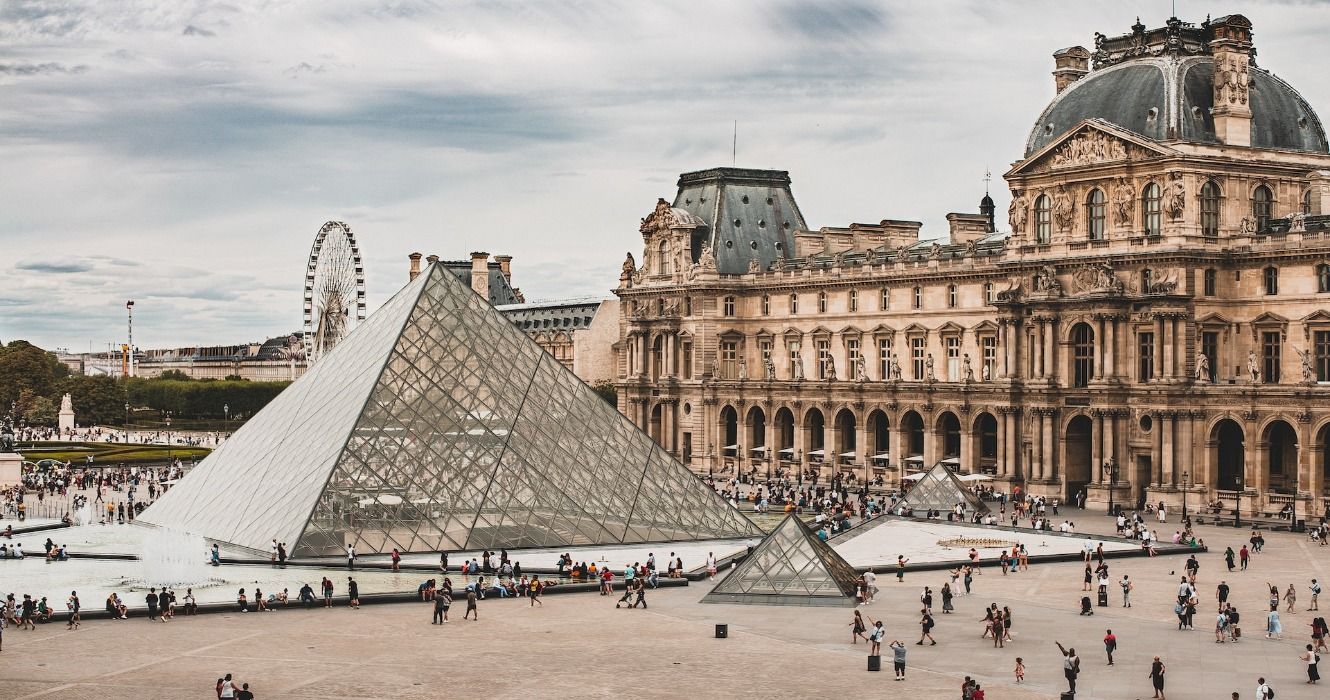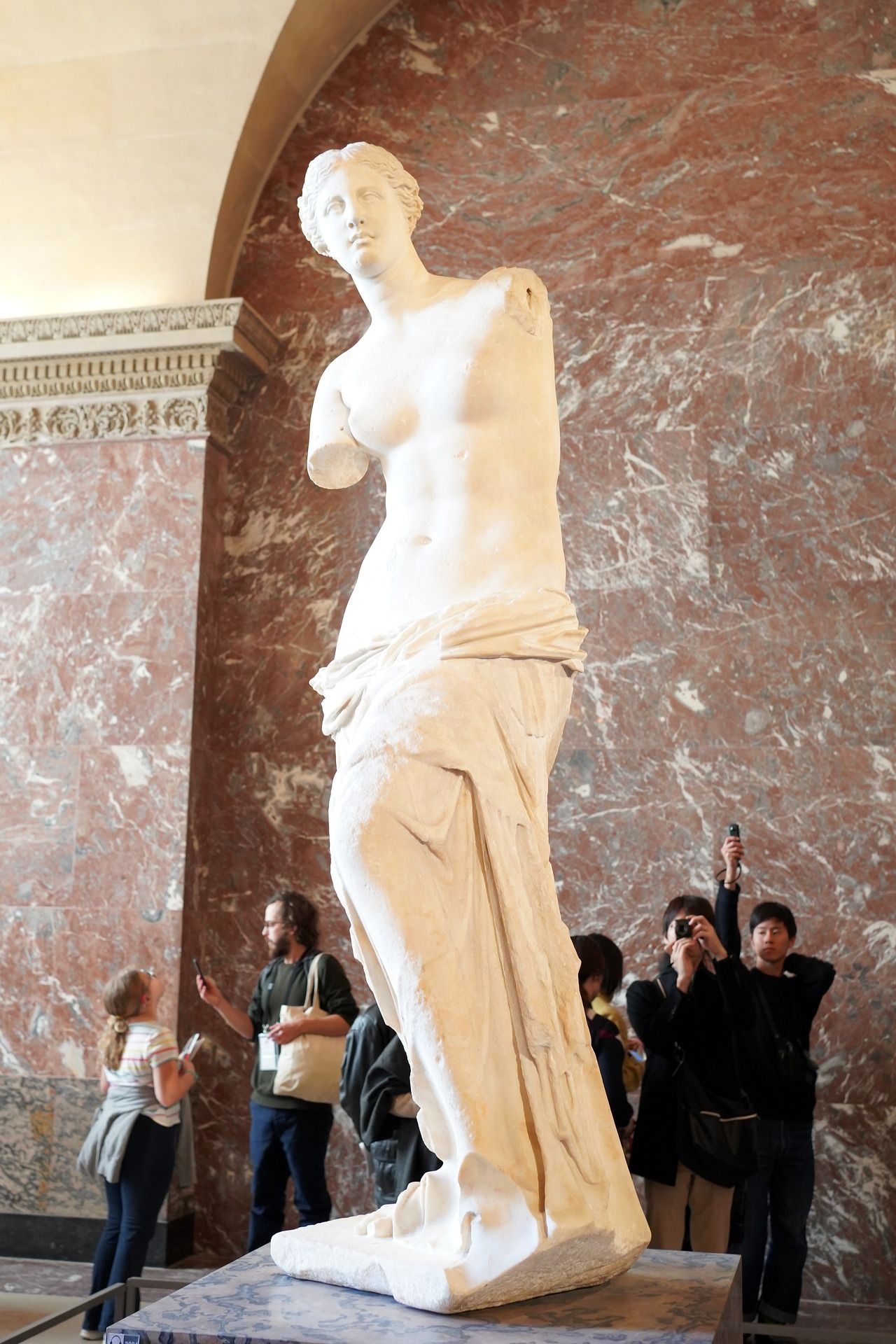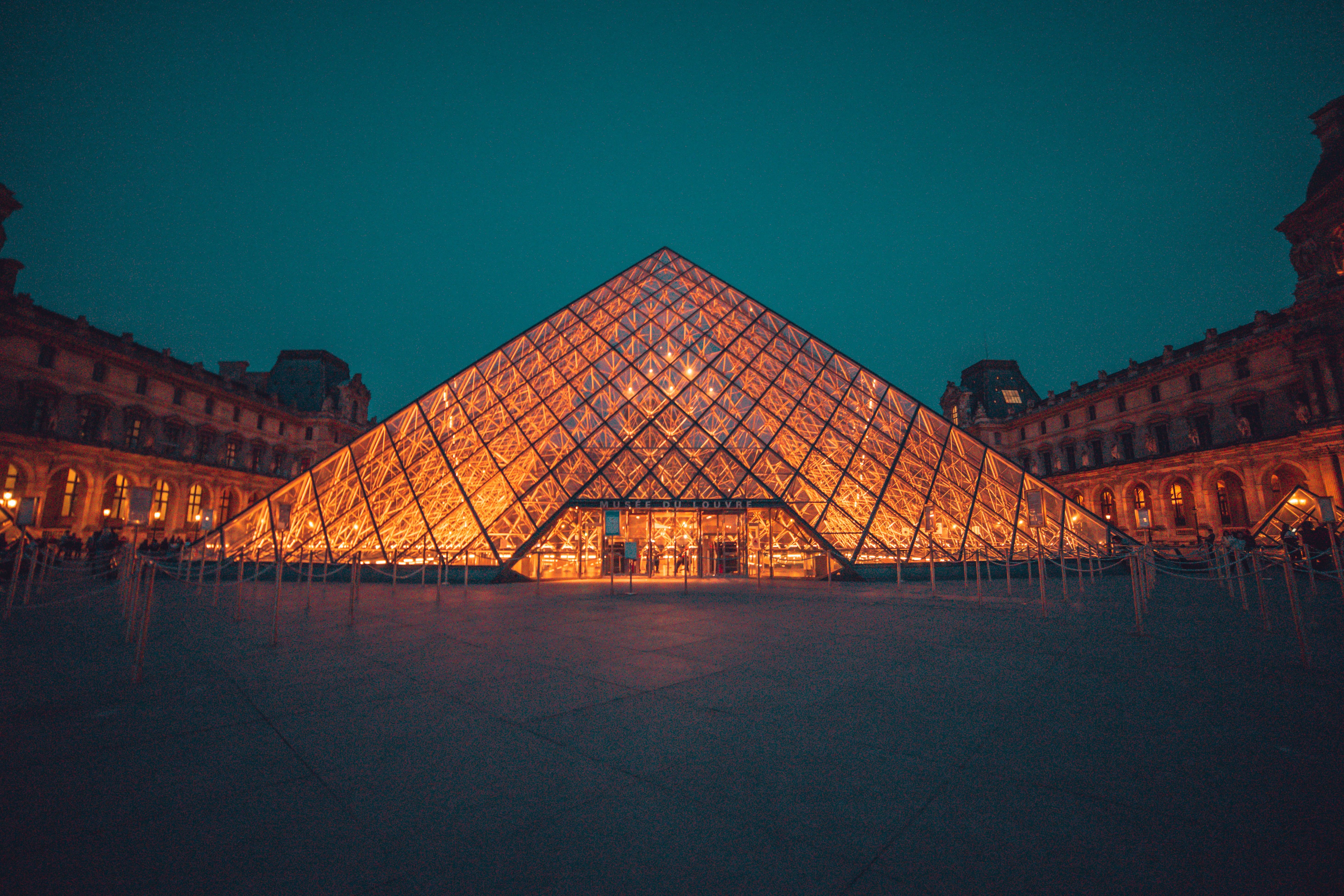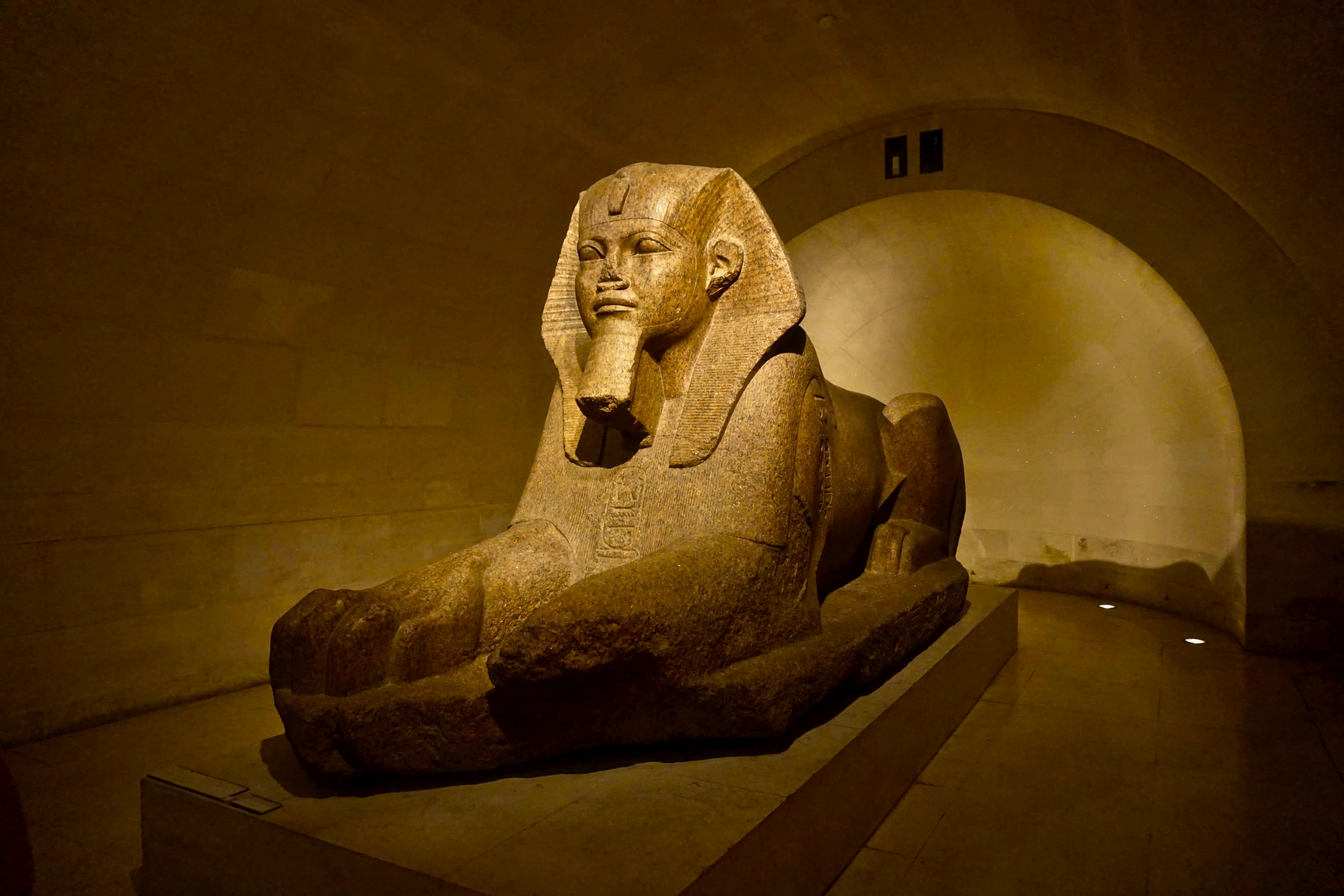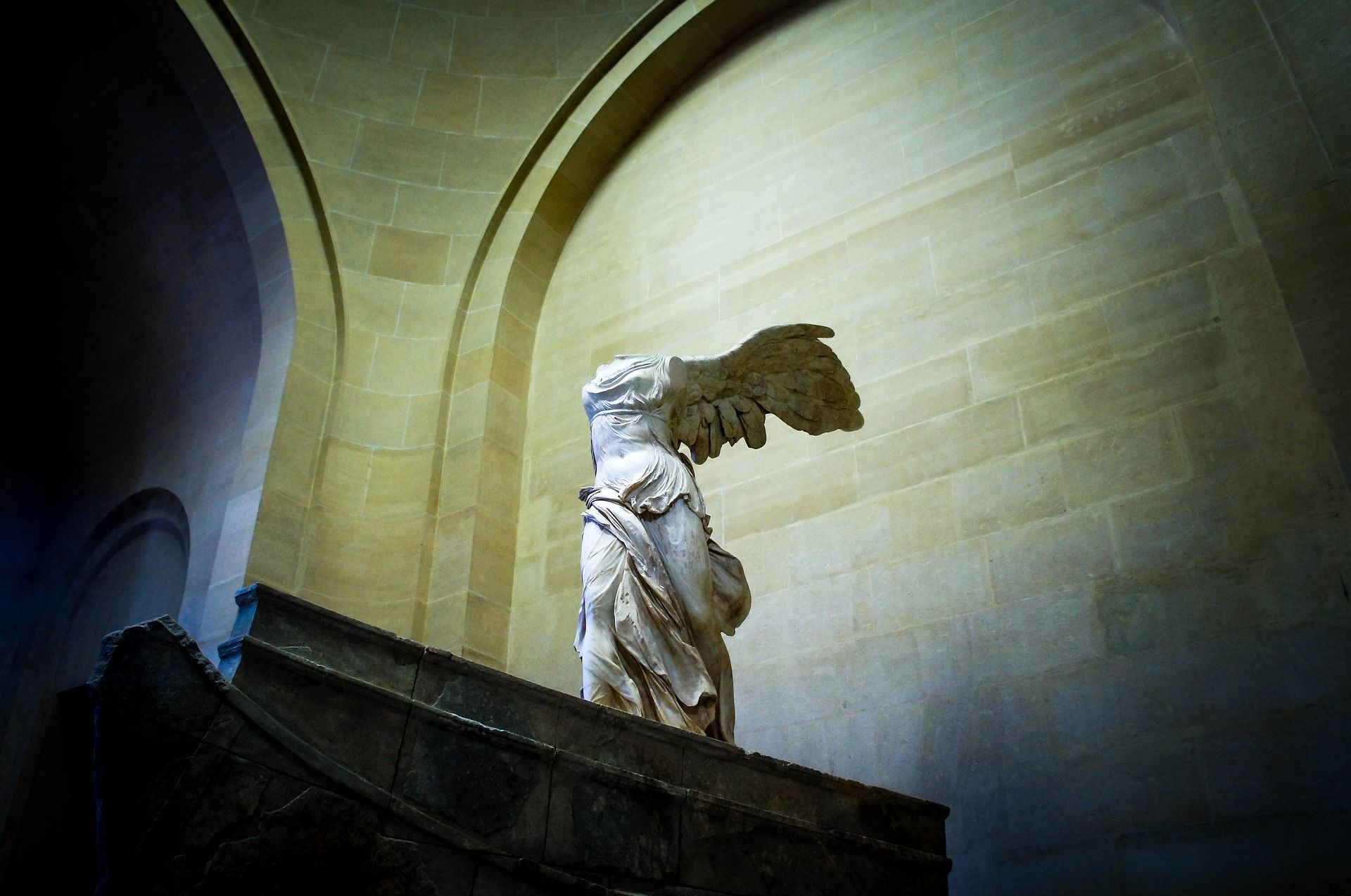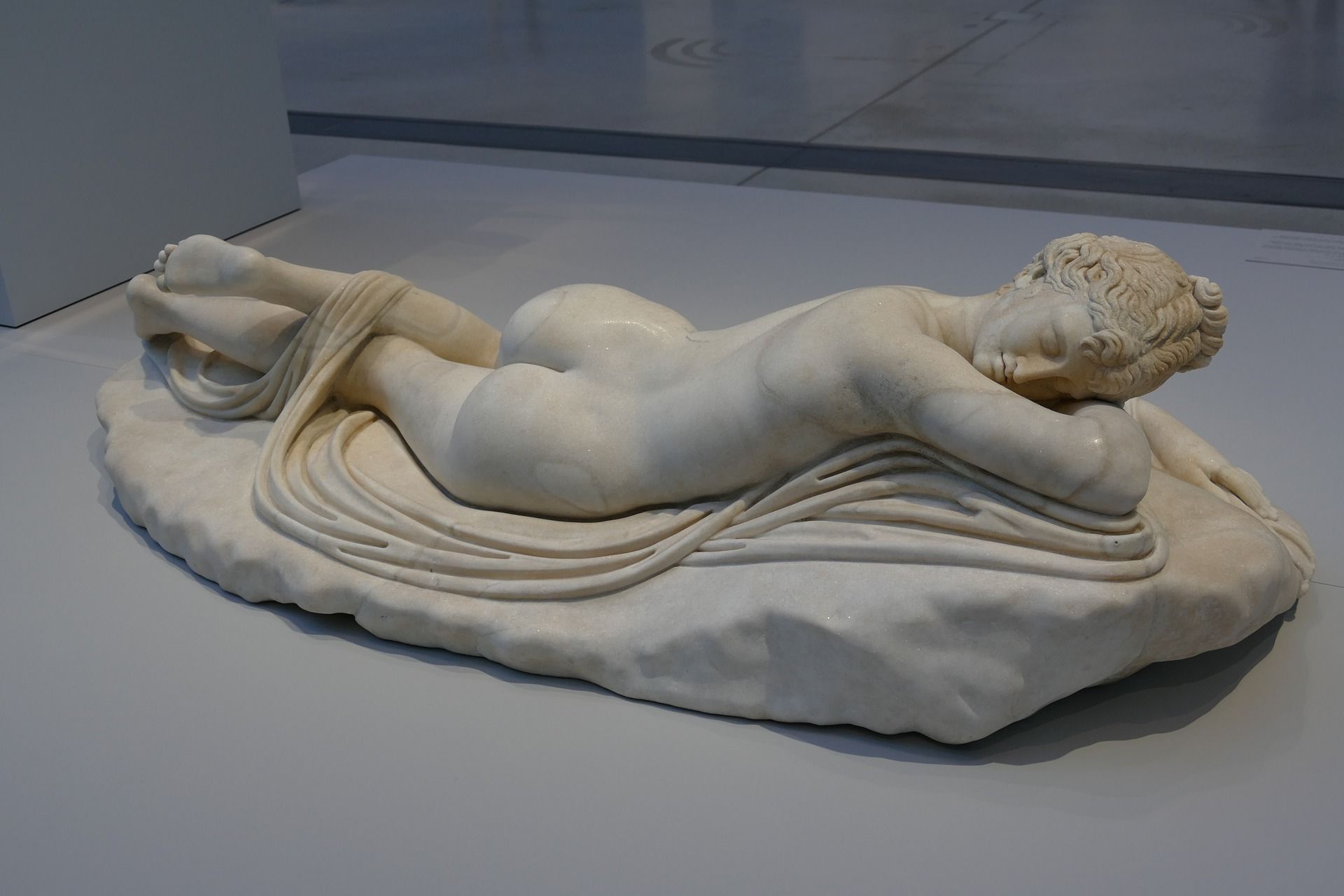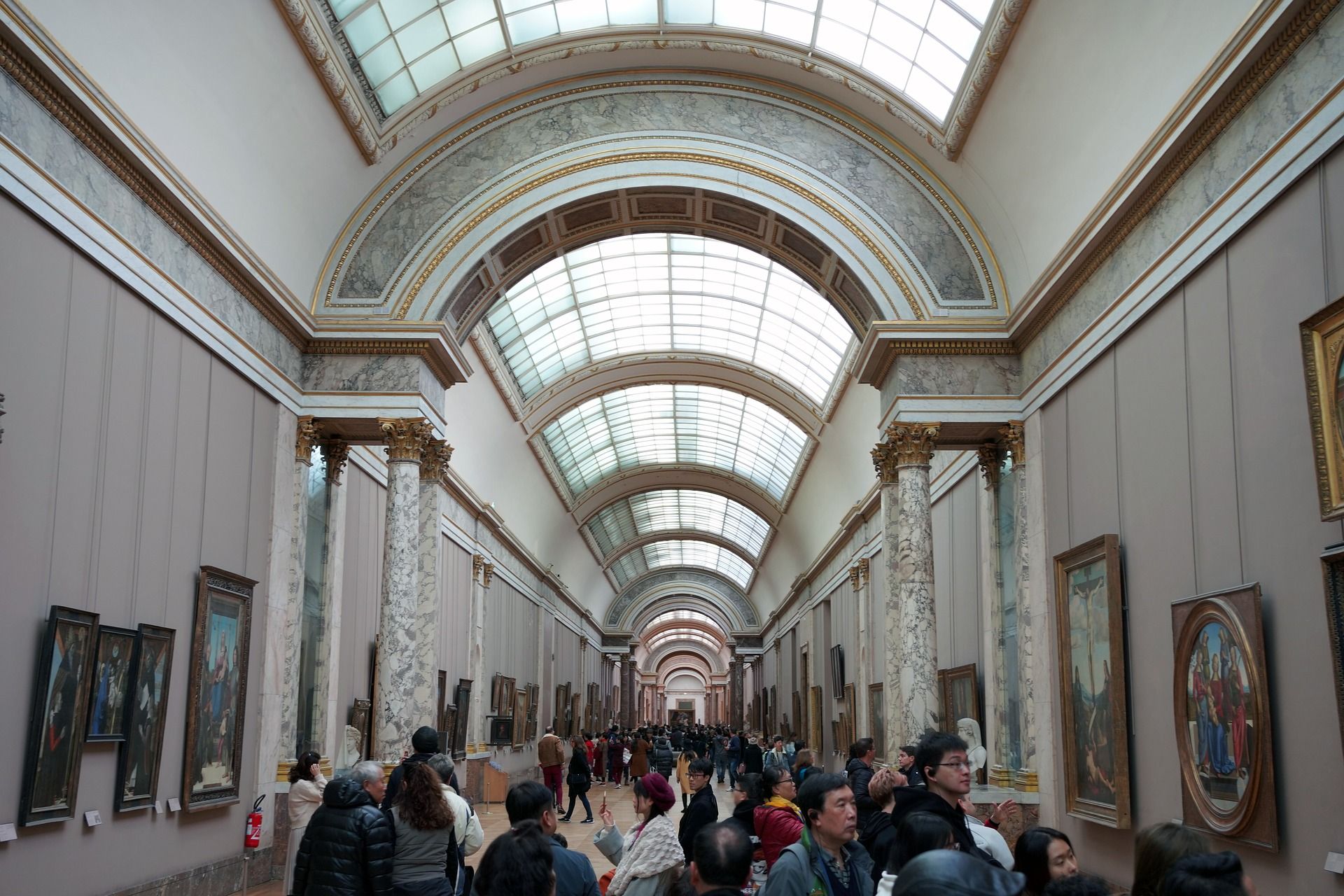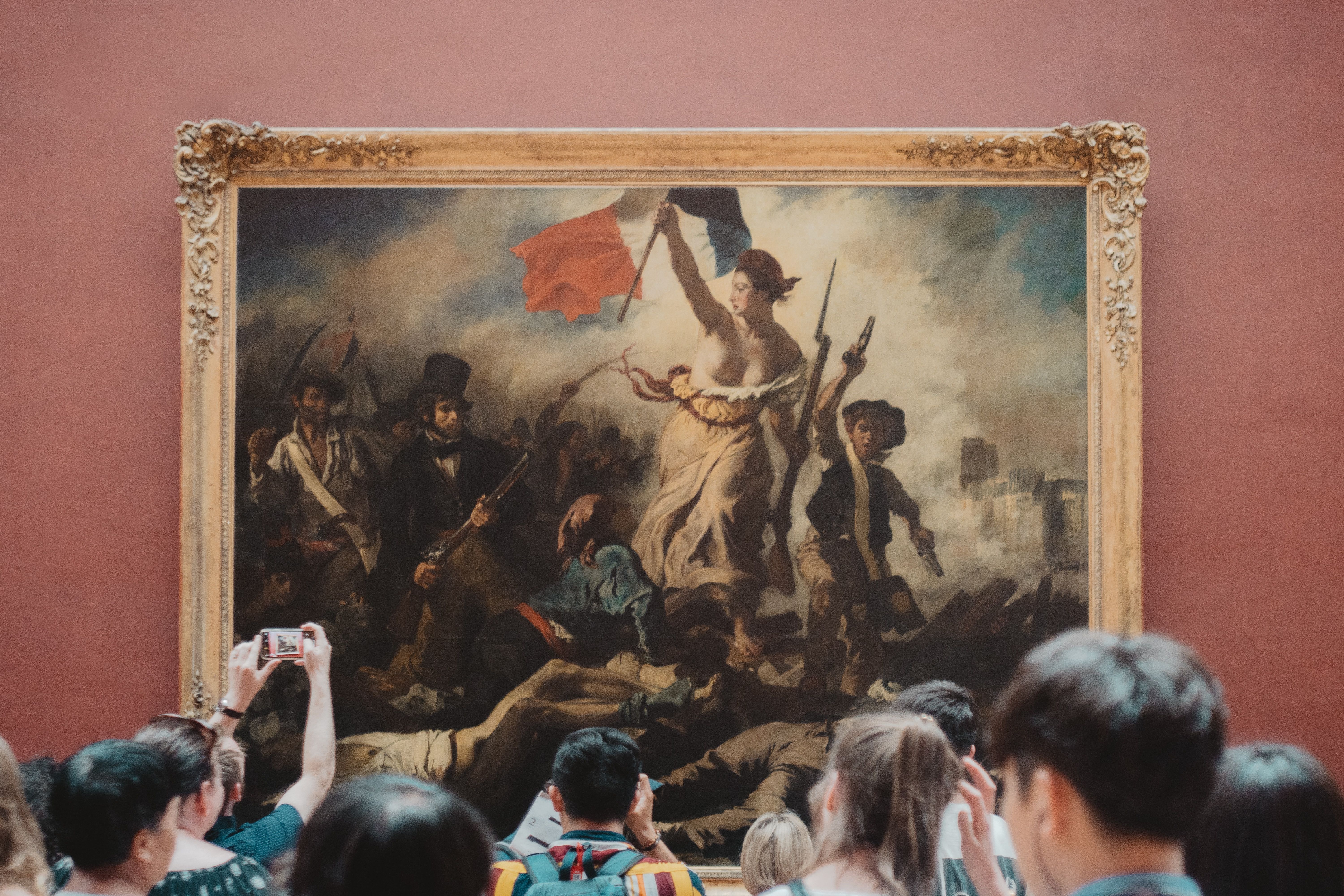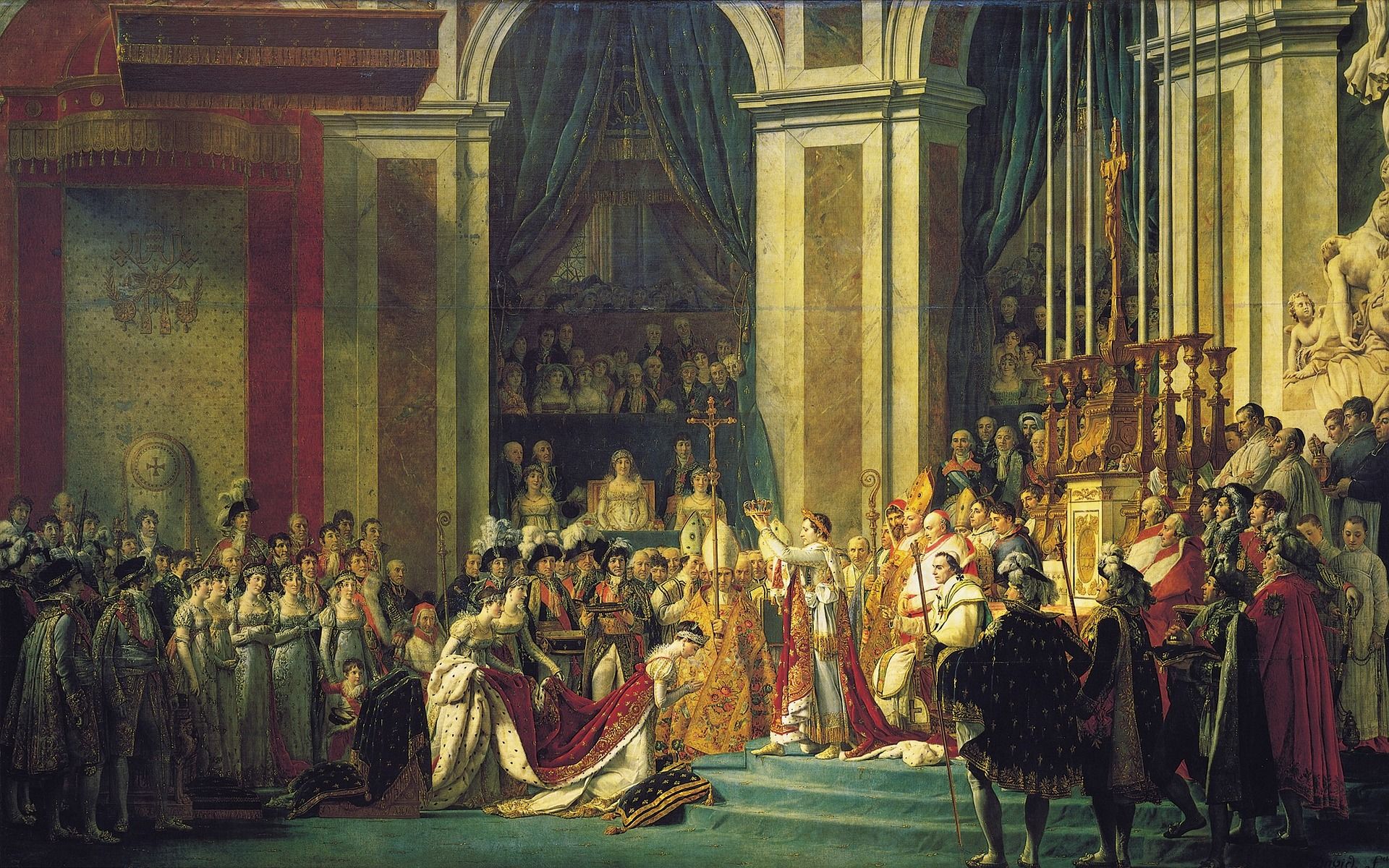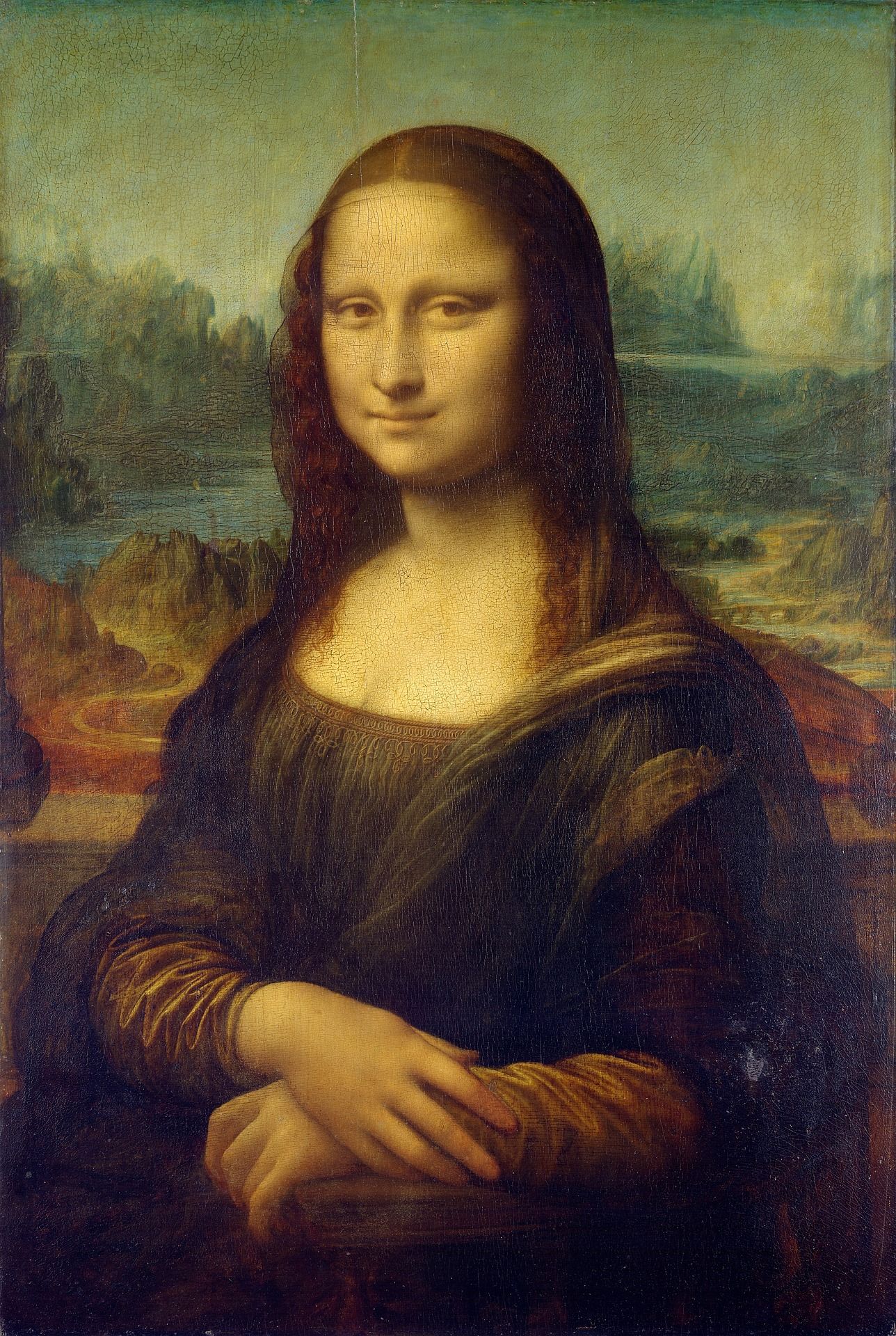The Louvre has, for many years, remained at the top of the list of most popular museums in the world. But what is there to see at the Louvre Museum? With an area of approximately 60,600 square meters and a collection of over 35,000 exhibits on display, it is the world’s largest museum. Such an incredible size only means that there are plenty of fascinating artifacts that are only housed in this iconic establishment. There may be replicas in other museums around the world, but the original versions of these interesting artifacts can only be found at the Louvre in Paris - and that’s just reason enough to visit the incredible country of France. Here are some of the interesting things to see at the Louvre.
10 Venus De Milo
Venus de Milo is the sculpture of a half-naked woman with no arms. It is one of the most popular artworks in the world as well as one of the oldest, as it was created in the Hellenistic period between 150 and 152 BC, which is over 2,000 years old. According to experts, the sculpture is either a depiction of Aphrodite - the Greek goddess of beauty and love whose Roman counterpart was Venus or Amphitrite - the Greek goddess of the sea. It is believed by some to represent Amphitrite because the statue was found on the Greek island of Milos, where the goddess was revered.
9 The Louvre Pyramid
Yes, there are many amazing pyramids around the world (besides those in Egypt), and some even date as far back as 2,550 BCE (approximately 4,500 years ago). But no other museum in the world has a pyramid so elegant and modern as the Louvre Pyramid. The pyramid is located in the main courtyard of the Louvre Museum. It is made of glass and metal, and it serves as the museum’s main entrance. In addition to this pyramid, the museum also has other smaller pyramids at different spots. At the time of its construction, there were many controversies and theories surrounding the Louvre Pyramid, but today, it has become one of France’s most iconic landmarks, and it definitely is in the same rank as the Eiffel Tower (which has its own intriguing history).
8 The Great Sphinx Of Tanis
The Louvre houses a lot of Egyptian artifacts, which is perhaps why pyramids have been built all over the museum to give it a slight resemblance to the Egyptian landscape. The Great Sphinx of Tanis is one of the museum’s Egyptian treasures, and although not as colossal as the Great Sphinx of Giza (which actually has secret tunnels), it is arguably the largest sphinx sculpture outside Egypt and also one of the best preserved.
The Sphinx was excavated in 1825 from the ruins of the Temple of Amun-Ra, and its date of creation has not been agreed on because it bears the names of several pharaohs, including - Pharaoh Ammenemes II of the 12th dynasty, Merneptah of the 19th dynasty, and Shoshenq I of the 22nd dynasty.
7 The Winged Victory Of Samothrace
Also known as the Nike of Samothrace, this sculpture is one of the most important artworks from the Hellenistic era. It is characterized by a winged sculpture that has no arms or head. The sculpture is said to represent the goddess Nike who is positioned on a ship as if declaring a victory while her fabric drapes around her body so tightly, perhaps due to the movement of the ship or the force of a strong wind. Nike was a goddess of victory according to Greek mythology. The artwork comes with a lot of detail on all sides, which is meant to stimulate the minds of the beholder and fill their minds with several thoughts.
Worth Knowing: Although the Winged Victory of Samothrace is currently housed in the Louvre, Greece, its country of origin is seeking its return. As such, one must not be surprised if this incredible work of art leaves the Louvre in the future.
6 The Sleeping Hermaphroditus
The Sleeping Hermaphroditus is one of the weirdest artworks in the Louvre. It is a sculpture that depicts Hermaphroditus - the two-sexed offspring of Hermes and Aphrodite who was joined with Salmacis, a water nymph who lusted after him and prayed to be united with him forever. The artwork is truly unique and opens one to the concept that a person can have male and female anatomy, which does indeed happen.
From the rear view, the nude body of the sleeping sculpture seems to be that of a female, but the twist comes with the sight of the male organ in the front view. Such a sight is sure to strangely surprise the beholder and trigger plenty of thoughts, and that, according to experts, was one of the qualities of Hellenistic art. Check out a 3D photo of the Sleeping Hermaphroditus here.
In addition, several sculptures of the Sleeping Hemaphroditus have been found in different parts of the world, but the version at the Louvre is the most spectacular. Although the sculpture’s main author and its date of creation are unknown, the mattress on which the sculpture now lies at the Louvre was carved by Gian Lorenzo Bernini in 1620.
5 The Raft Of The Medusa
The Raft of Medusa is a painting based on the tragic wreck of a French ship near present-day Mauritania, which led to the death of more than a hundred people and exposed survivors to the suffering of starvation and dehydration. In the painting are images of people lying helplessly on the shattered ship as the storm rages on, and ever since the time it was painted in 1819, it still reminds France of that painful period in its history. The Raft of the Medusa painting is 491 by 716 cm large, and it was painted by Theodore Gericault.
4 Liberty Leading The People
Liberty Leading the People is a painting made by Eugène Delacroix that depicts a woman holding a musket rifle in her left hand and the Tricolour (the flag of France) on the right and leading a variety of armed men. The painting was made to commemorate the French Revolution of 1830, which led to the sack of King Charles X. It was made a year after the revolution in 1831 and has since remained one of the most iconic representations of that turbulent period in French history.
3 The Coronation Of Napoleon
It is a known fact that cameras were not yet in use in the 17th century, so people who wanted to keep memories of events in pictorial form had to hire painters. At the time, there were many painters, but Napoleon Bonaparte chose to hire Jacques-Louis David, who eventually made one of the most popular masterpieces in history on the coronation of Napoleon. This painting is not just fine but massive with a 20 by 30 feet dimension. What makes the painting particularly stunning is that every image from the pope to the spectators, the rays of sunlight, and the decoration around the Notre Dame Cathedral had so many details. One can even say the painting is perfect.
2 Mona Lisa
No other painting in the world has become so popular as Mona Lisa. It is one of the most important works of art in history and one that has continued to inspire artists, historians, travelers, and just about anybody who loves beautiful artwork. Leonardo da Vinci painted the masterpiece between 1503 and 1517, and it is said to be a depiction of Lisa del Giocondo - a famous Italian noblewoman and third wife to a man known as Francesco del Giocondo.
The Mona Lisa is so popular that it has been named many things, from the world’s most visited artwork to the world’s most written about, most sung about, and most parodied artwork in the world.
When wondering what to expect when visiting the Mona Lisa at the Louvre, one answer is that it's incredible. At first glance, the painting might just look normal, and one may not know why it is so popular. This is where a little description plays a very important role. Looking closely at the painting, one will notice how much detail it contains, from the folding of the model’s fabric to her faint smile and her curly hair. This can only be achieved by a truly talented painter and fully appreciated by another painter or just about anyone who knows how much patience and expertise is required to get all those details correctly.
1 Code of Hammurabi
The Louvre does not just have artifacts that originate in France. It also has other artifacts that originated from fascinating places like Ancient Babylon (which people can visit today). One such artifact is the Code of Hammurabi, a legal code written by King Hammurabi of Babylon during his reign, which lasted from 1792 to 1750 BCE. The code contains 282 laws that cover subjects like commerce, crime, trade, and more. It has been named the longest, best-organized, and best-preserved legal text in the world. It is also one of the oldest known legal texts in the world, and even though it was written in the Old Babylonian dialect, just looking at the text feels like stepping back to the time when the human justice system was born.

